HDB Concealed Wiring: What It Is and How It Affects Your Renovation Plans
Key Takeaways
- Having concealed electrical systems, a common sight in newer HDB flats, could have a significant impact on your renovation plans.
- Hidden wiring could create renovation constraints, especially in drilling and electrical upgrades.
- Licensed electricians can provide effective solutions to keep your wiring concealed without jeopardising your renovation.
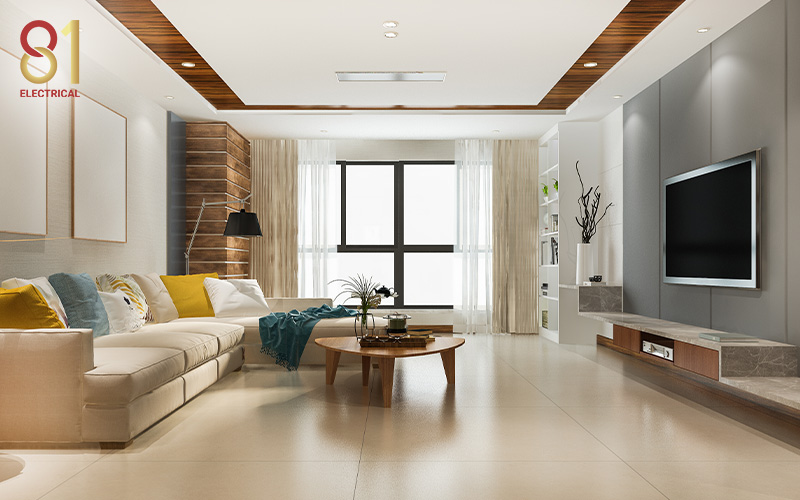
When planning a renovation for your HDB flat, you will most likely come across the concept of HDB concealed wiring. This particular type of electrical wiring installation in your home is commonplace in many newer BTO flats and modern renovation projects. While it creates a cleaner look by keeping cables out of sight, it also comes with specific considerations that can affect your renovation plans.
Understanding how this hidden wiring setup works will help you avoid unexpected problems, especially when it comes to drilling, installing new points, or making layout changes. In this article, we will take a closer look at what HDB concealed wiring entails, how it impacts your renovation, and how an HDB electrician can evaluate potential constraints and figure out the best way to plan your renovation around them.
What Is Concealed Wiring in HDB Flats?
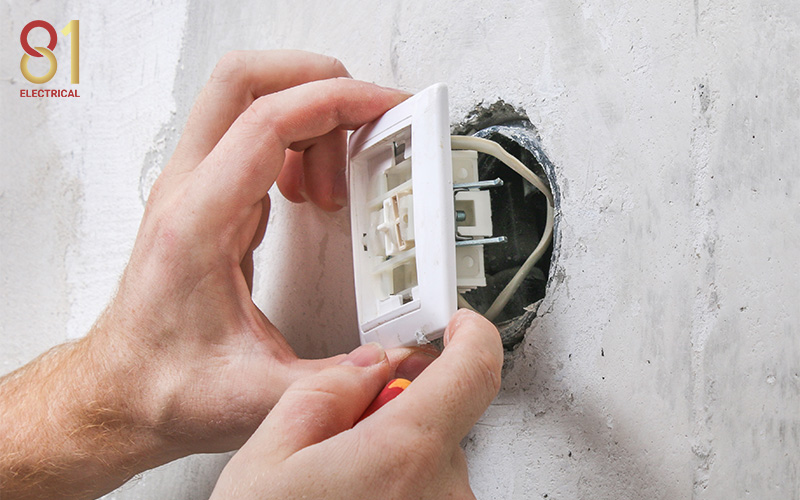
In simple terms, HDB concealed wiring refers to electrical cables that are placed within walls, ceilings, or flooring instead of being installed on the surface with plastic trunking. This is a common practice in newer HDB flats as it provides a neater finish and blends well with modern interior design styles.
Unlike surface trunking, HDB concealed wiring is not directly visible or accessible. Once installed, these wires remain hidden behind walls and cannot be easily reached without drilling or hacking. Because of this, any changes or additions to your electrical system must be carefully planned ahead of your renovation.
Impacts on Renovation and Interior Design
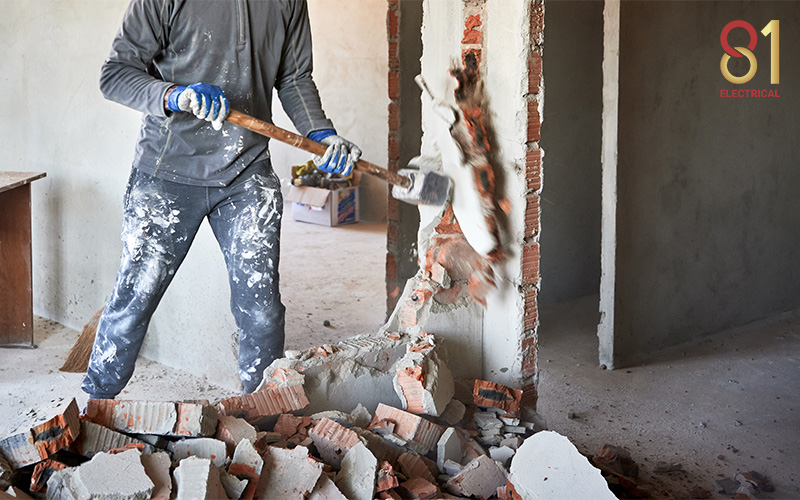
One of the main things homeowners need to be aware of is wall hacking limitations. You cannot freely drill or hack walls in your flat, especially around electrical points or load-bearing walls. Doing so without proper checks can lead to damaged wires, safety risks, or even expensive repairs.
If you wish to relocate power points, switches, or lighting, an HDB certified electrician may need to reroute the cables within partition walls. In cases where rerouting is not possible, surface trunking may be used as an alternative.
It is also important to plan ahead when adding new sockets or lighting points, as any modifications made after the renovation has been completed would require additional charges.
Safety and Compliance Requirements
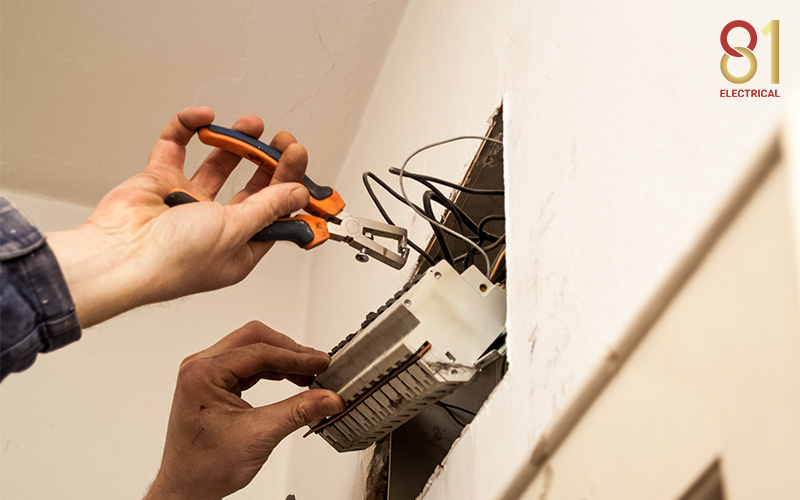
Electrical work in Singapore is heavily regulated to ensure the safety of all residents. Any modification to concealed wiring must comply with HDB renovation guidelines and be carried out only by a licensed electrician worker (LEW).
Incorrect handling of wiring can cause serious issues such as short circuits, power trips, or even electrical fires. In some cases, approval from HDB is required, and the work may need to be certified by a LEW. This ensures that the system remains safe and that your flat continues to meet regulatory standards.
Given the potential risks, it is therefore advisable to hire an experienced HDB electrician who is well-versed with the rules, ensuring that your home falls in line with regulations and keeping your household safe.
How Electricians Handle Modifications
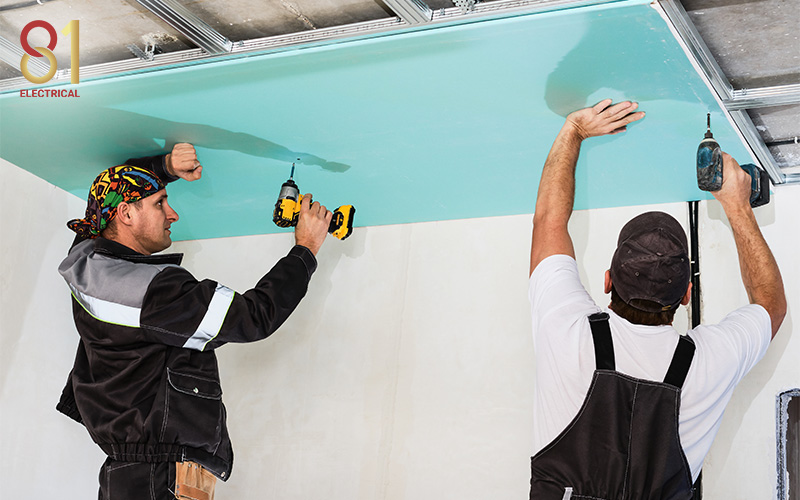
Professional electricians take several steps to manage concealed wiring safely. They will usually refer to the official floor plan of your flat or use tracing tools to detect where the cables are located before drilling. This reduces the risk of accidentally cutting into a live wire.
When new points or rerouting is required, electricians may:
- Install false ceilings or L-boxes to hide additional wiring
- Use surface trunking if hacking is not allowed
- Recommend smart switches or wireless systems to reduce the need for rewiring
By choosing the right solutions, electricians can balance both practicality and aesthetics without compromising on safety.
Plan Ahead for Future-Proofing

One key consideration for homeowners is to think about future needs before the renovation begins. Do you plan to install smart lighting, home automation, or additional appliances in the coming years? Concealed wiring makes your flat look modern, but once the walls are sealed, making changes can be expensive.
By discussing your long-term plans with an HDB certified electrician, you can design an electrical layout that supports your lifestyle not only today but also in the future. This avoids unnecessary disruption later on and ensures that your flat remains flexible for upgrades.
The use of HDB concealed wiring in modern flats has transformed the way homes look and function in Singapore. While this setup enhances aesthetics, it also requires careful planning to accommodate electrical upgrades and compliance with HDB renovation guidelines. Often, this requires the expertise of a qualified professional.
Here at 81 Electrical, we provide reliable services to help homeowners manage their renovation and wiring needs. Whether you require an HDB electrician for installations or for compliance work, our team ensures that every job is completed safely and efficiently.
To learn more about our services and how we can help you with complex wiring challenges, please contact us today.
